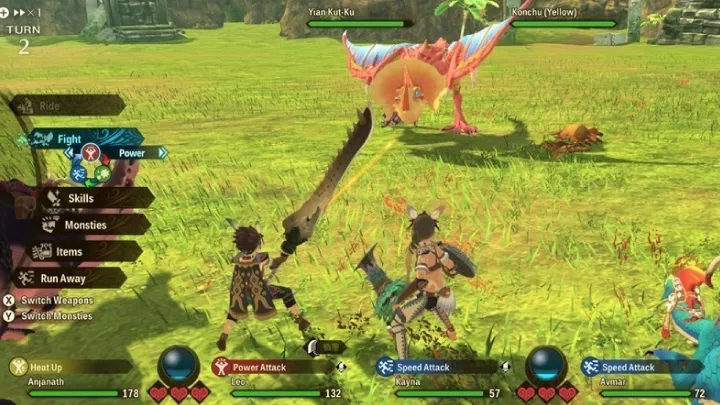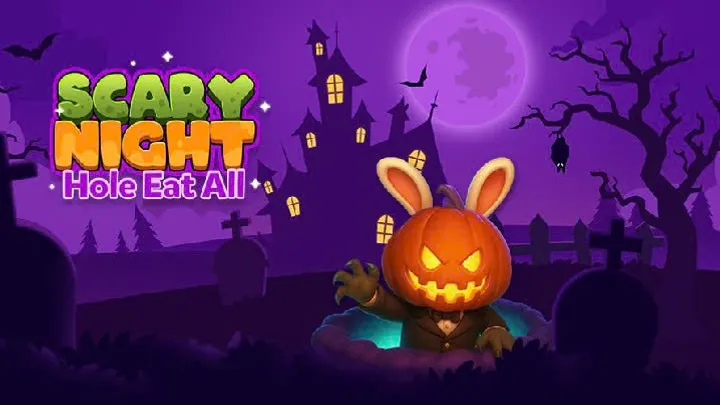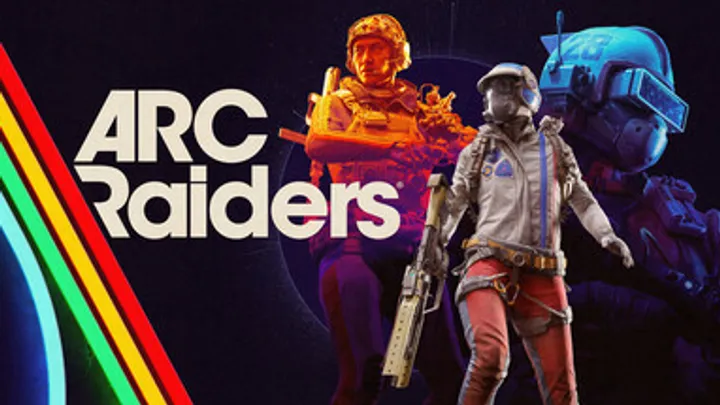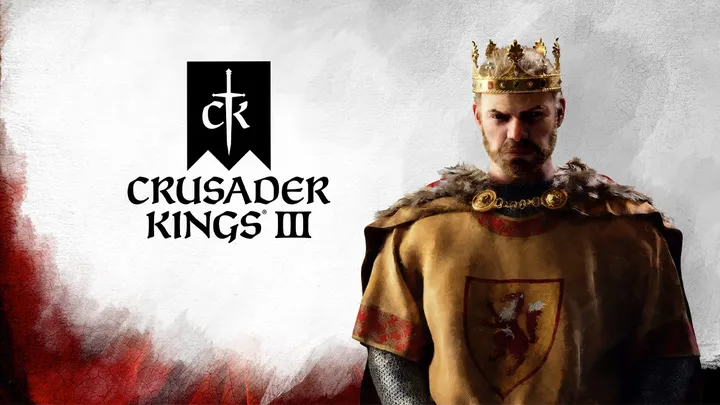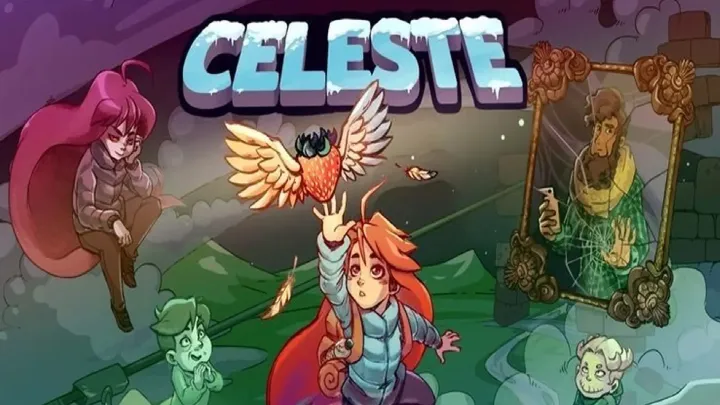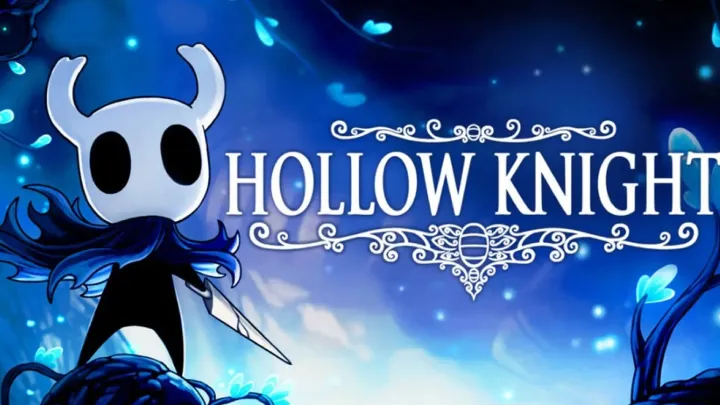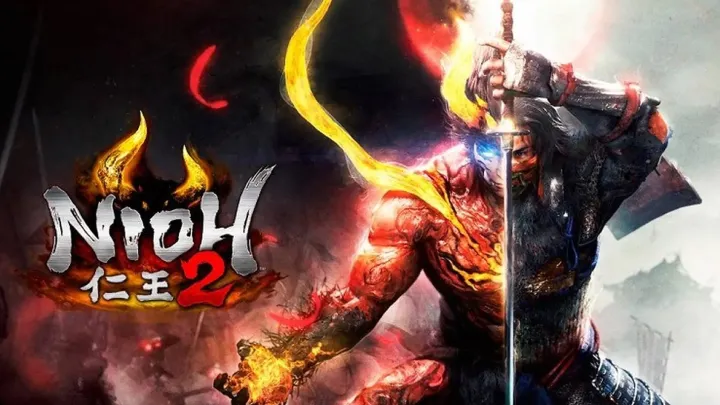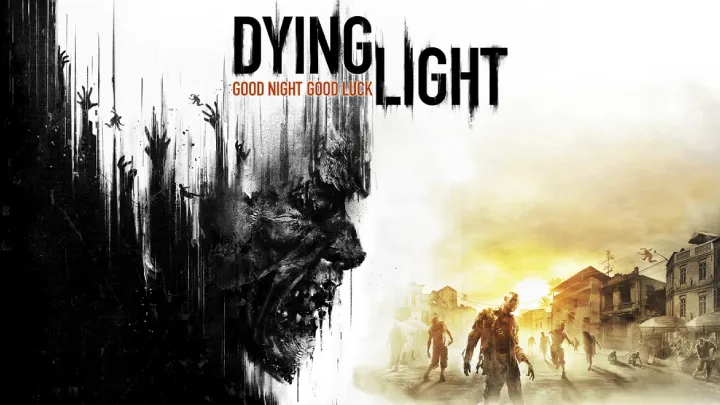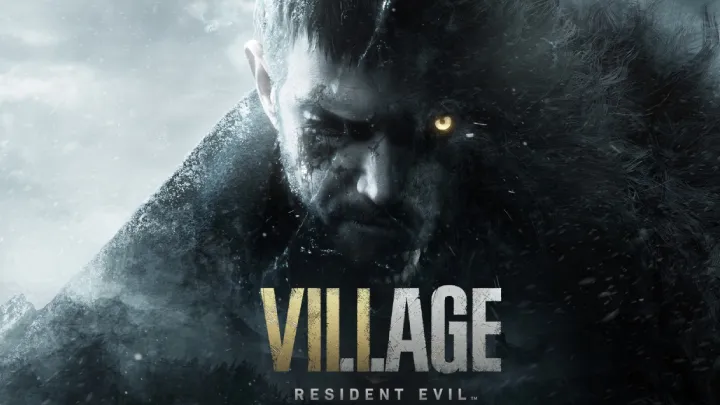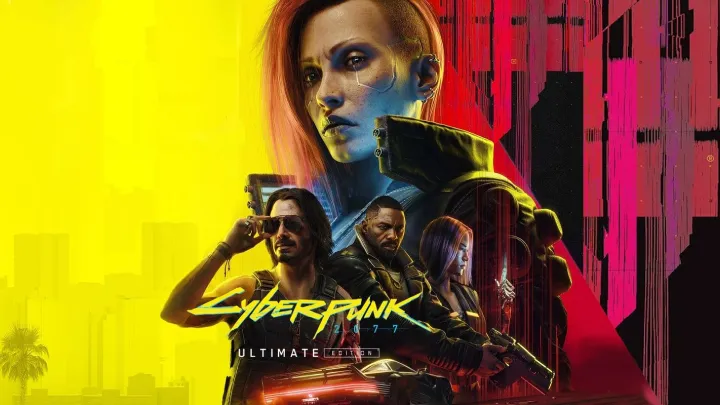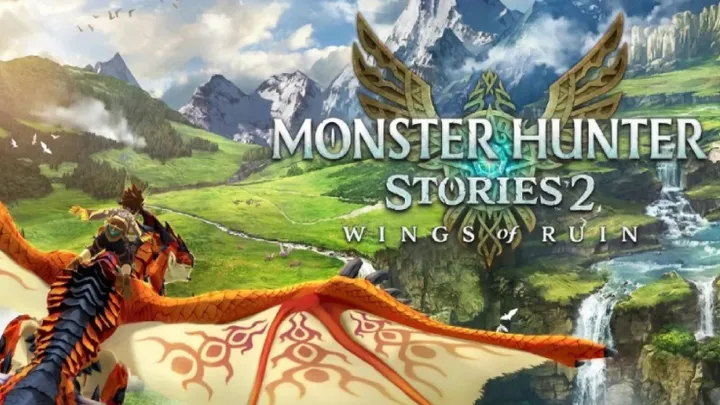
Monster Hunter Stories 2: Wings of Ruin is a captivating role-playing game that expands the Monster Hunter franchise into a more narrative-driven experience. While the game has received praise for its charming art style, engaging gameplay, and deep storytelling, a specific issue emerges regarding the balance between player choices and the narrative’s linearity. This article will delve deeply into this aspect, exploring how the game’s narrative choices impact player engagement and emotional investment.
The Narrative Framework of Monster Hunter Stories 2
At the core of Monster Hunter Stories 2 lies a rich narrative that weaves together themes of friendship, loyalty, and the conflict between humans and monsters. The game presents a unique narrative framework that differentiates it from traditional Monster Hunter titles.
Protagonists and Their Journeys
The story follows the journey of a young Monster Rider named Aiden, who embarks on a quest to uncover the mystery behind the disappearance of the Elder Dragons. Accompanied by a colorful cast of characters, including the spirited Ena and the stoic Kena, the narrative unfolds through their interactions and experiences in the vibrant world.
The Role of Elder Dragons
Elder Dragons serve as pivotal elements in the story, embodying the delicate balance between nature and civilization. Their significance in the lore adds a layer of depth to the narrative, compelling players to consider the impact of their actions on the world around them. This thematic exploration is crucial for understanding the stakes of the journey.
The Illusion of Choice: Player Agency vs. Narrative Structure
While Monster Hunter Stories 2 offers players a range of choices, the extent to which these choices affect the narrative is a contentious topic. The game presents an illusion of choice, allowing players to feel as though their decisions impact the story.
Branching Paths and Dialogue Options
Throughout the game, players encounter branching paths and dialogue options that appear to offer meaningful choices. These moments create a sense of agency, allowing players to shape their character’s personality and relationships with other characters. However, the consequences of these choices often lead back to a predetermined narrative outcome.
The Impact of Linear Storytelling
The linear nature of the overarching plot can be frustrating for players seeking a more dynamic storytelling experience. While choices may influence character interactions and side quests, they rarely lead to significant changes in the main storyline. This can lead to a sense of disillusionment, as players may feel their choices lack real weight.
Emotional Engagement: The Power of Character Relationships
One of the most compelling aspects of Monster Hunter Stories 2 is its character development and relationships. The game excels at creating emotional connections between characters, which enhances player engagement.
Developing Bonds with Monsties
Players bond with their Monsties, the monsters they raise and ride throughout the game. This relationship-building is central to the gameplay experience and adds an emotional layer to the narrative. The nurturing aspect of raising a Monstie fosters a sense of responsibility and connection that resonates deeply with players.
Interpersonal Relationships Among Characters
The interactions between human characters also contribute to the emotional depth of the story. Characters like Aiden, Ena, and Kena face personal challenges and growth throughout their journey. These arcs provide players with relatable experiences, creating an emotional investment in their outcomes. The heartfelt moments, such as shared victories or losses, enhance the narrative's impact.
The Role of Side Quests: Enhancing the Main Narrative
Side quests in Monster Hunter Stories 2 serve as a vital component for enriching the main narrative. These quests not only provide additional context and lore but also allow players to explore the world more deeply.
Expanding Character Backstories
Many side quests delve into the backstories of secondary characters, offering players a chance to learn about their motivations and struggles. This additional context enhances the main narrative, making characters feel more fleshed out and relatable. For instance, quests that explore Ena’s past provide insight into her determination and connection to her Monstie.
Thematic Resonance
The themes explored in side quests often resonate with the main narrative, reinforcing the game’s overarching messages. Players encounter moral dilemmas and choices that mirror the larger conflicts within the story. This thematic consistency creates a cohesive experience, allowing players to feel more engaged in the world.
The Influence of Art and Music on Narrative Experience
The art style and music in Monster Hunter Stories 2 play crucial roles in shaping the narrative experience. The visual and auditory elements contribute to the emotional tone and atmosphere of the game.
Visual Storytelling
The game’s vibrant art style brings the world to life, enhancing the narrative through visual storytelling. Character designs, environmental details, and animations convey emotions and themes effectively. For example, the lush landscapes and colorful monster designs create an immersive experience, allowing players to feel the beauty and danger of the world.
Musical Composition
The soundtrack further amplifies the emotional impact of key moments in the story. Composed by the talented Masato Kouda, the music captures the essence of adventure and nostalgia. The melodies accompanying significant events heighten the emotional stakes, making players feel more connected to the characters and their journeys.
Cultural Representation: A Double-Edged Sword
Cultural representation is a vital aspect of Monster Hunter Stories 2, but it also presents challenges. The game draws heavily from various cultural influences, which can be both enriching and problematic.
Celebrating Diversity
The game features a diverse cast of characters and monsters, showcasing a blend of cultural influences. This diversity enriches the narrative, providing players with a broader understanding of different cultures within the game world. The inclusion of various monster designs inspired by real-world mythologies adds depth to the lore.
Addressing Cultural Sensitivities
However, the game must navigate cultural sensitivities carefully. Some players may feel that certain representations are superficial or rely on stereotypes. Developers must strike a balance between celebrating diversity and ensuring respectful portrayals, as missteps can lead to backlash from the community.
The Impact of Player Choices on Replayability
The illusion of choice in Monster Hunter Stories 2 raises questions about the game’s replayability. While the narrative provides opportunities for different paths, the actual impact of player choices may deter some players from replaying the game.
Exploring Alternative Outcomes
Players may be tempted to replay the game to explore different dialogue options or side quests. However, the limited scope of these choices can lead to disappointment if they do not result in significant narrative changes. The lack of impactful outcomes can diminish the incentive to replay the game, affecting overall player satisfaction.
The Role of New Game Plus
The introduction of a New Game Plus mode offers players a chance to experience the game with their acquired Monsties and items. This feature can enhance replayability by allowing players to explore alternative strategies and approaches. However, the effectiveness of this mode depends on how much players feel their previous choices impact the new experience.
Community Reception: Voices from the Player Base
The community response to Monster Hunter Stories 2 has sparked discussions regarding its narrative structure and character development. Players have expressed a range of opinions, highlighting both the strengths and weaknesses of the game.
Positive Feedback on Character Depth
Many players appreciate the character development and emotional storytelling present in the game. The relationships between characters and their Monsties resonate with players, creating memorable experiences. Positive feedback often highlights the game’s ability to evoke emotions and foster connections.
Critiques of Narrative Choices
Conversely, some players voice concerns about the limited impact of choices on the narrative. The desire for more significant branching paths and meaningful consequences is a recurring theme in discussions. Players hope for future titles to enhance player agency and create a more dynamic storytelling experience.
The Future of Narrative in the Monster Hunter Franchise
As Monster Hunter Stories 2: Wings of Ruin sets a precedent for narrative-driven experiences in the franchise, the future of storytelling in Monster Hunter holds great potential.
Expanding Player Agency
Future installments could benefit from expanding player agency, allowing for more meaningful choices that impact the narrative. By incorporating branching storylines and dynamic character arcs, developers can create a more immersive experience that encourages exploration and replayability.
Embracing Diverse Narratives
The franchise has the opportunity to embrace diverse narratives that resonate with a global audience. By continuing to explore cultural themes and character development, the Monster Hunter series can create richer storytelling experiences that captivate players.
Conclusion: The Complex Balance of Narrative and Choice
Monster Hunter Stories 2: Wings of Ruin presents an engaging narrative, characterized by emotional depth and rich character relationships. However, the illusion of choice and the linearity of the main storyline pose challenges for player engagement. By examining the impact of narrative choices on player experience, it becomes clear that the balance between storytelling and player agency is crucial for creating an immersive gaming experience. As the Monster Hunter franchise evolves, the lessons learned from Wings of Ruin will undoubtedly shape future narratives, fostering deeper connections between players and the worlds they explore.
